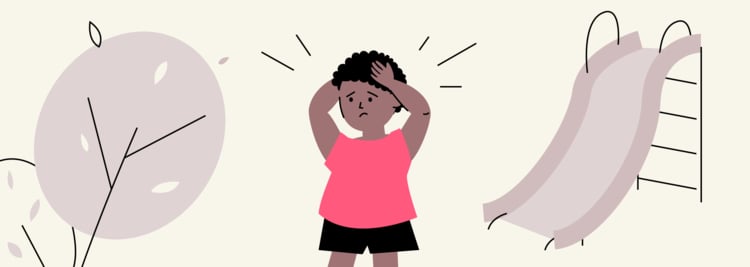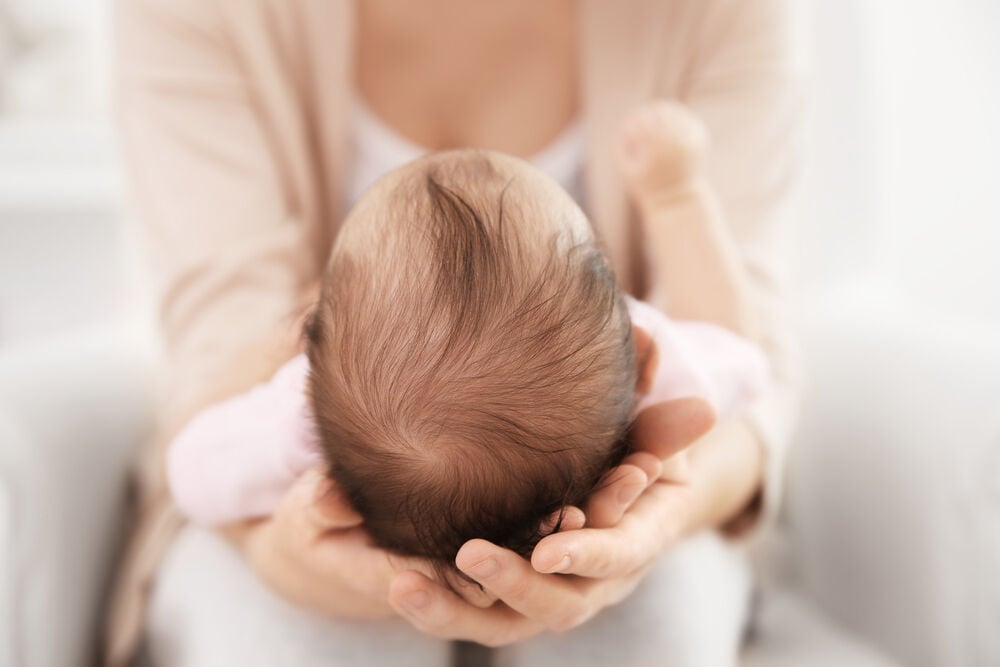If your child has an accident and bumps their head, you may worry about a concussion. But it’s hard to know what to do unless you know the signs of concussion in toddlers.
Let’s cover the basics of concussion injuries and outline symptoms for you to watch out for in babies, toddlers, and children over 3 so you can keep your little ones safe.













